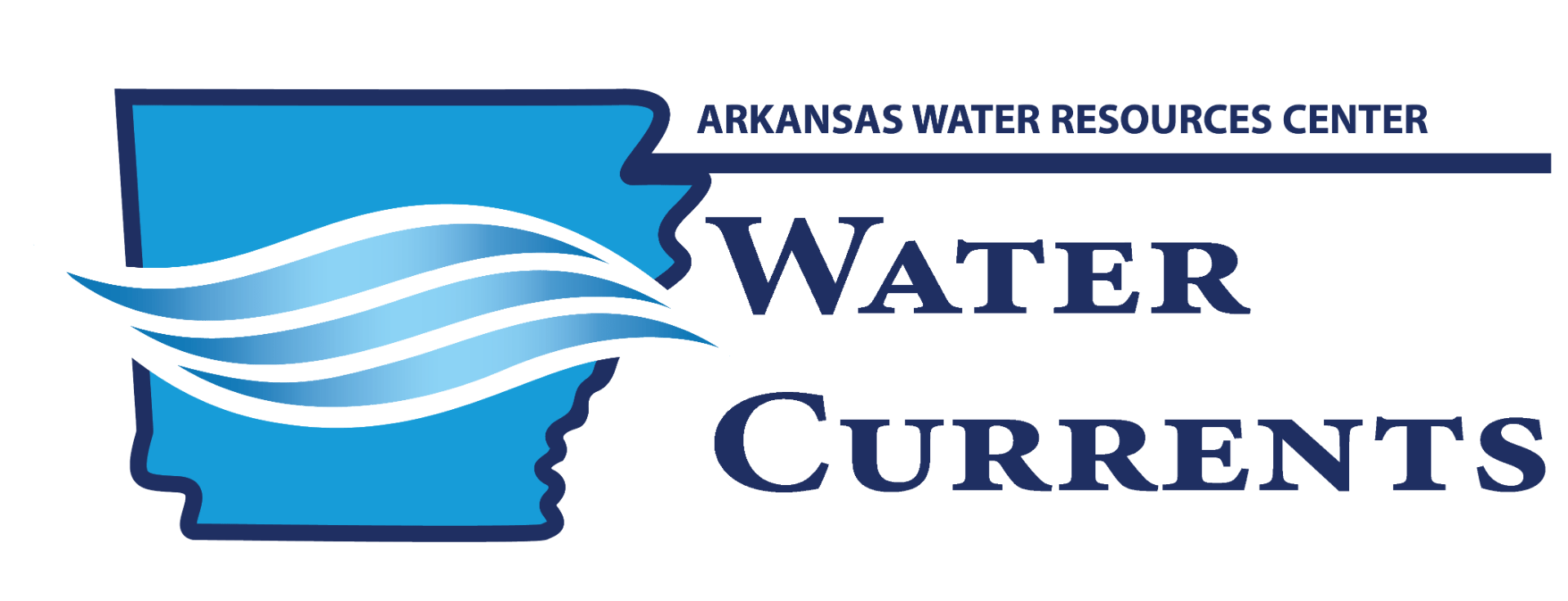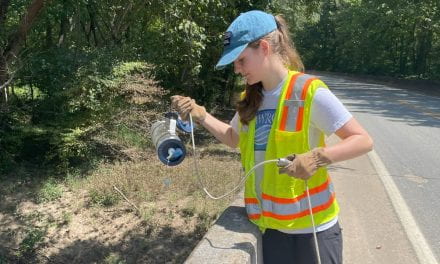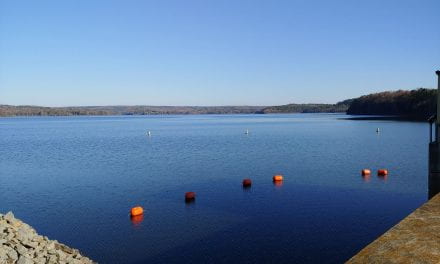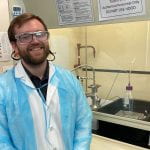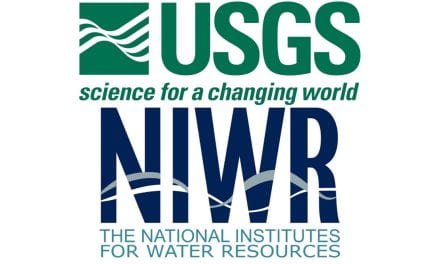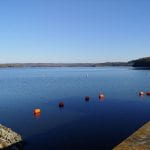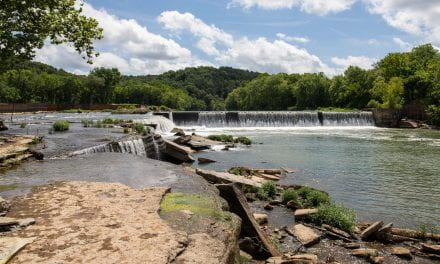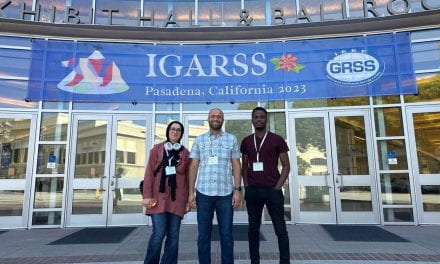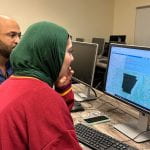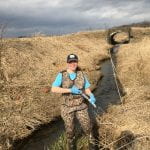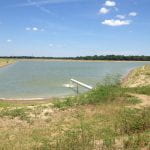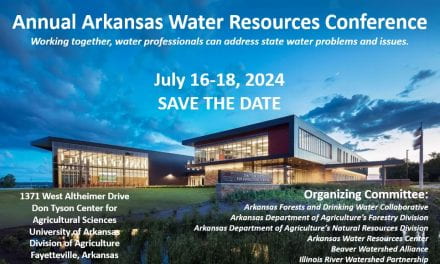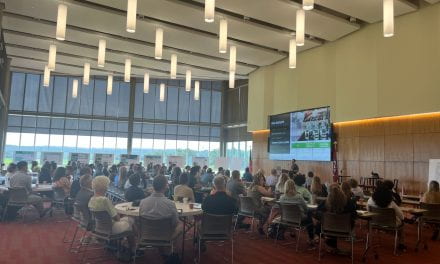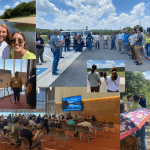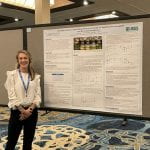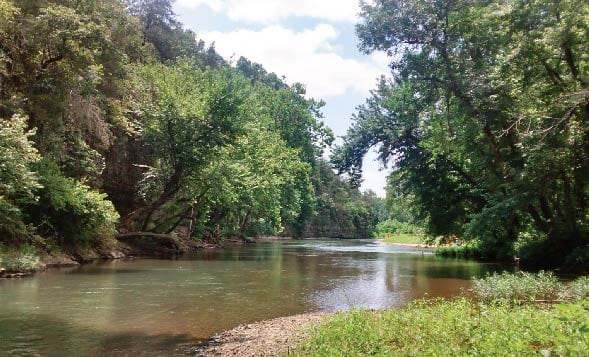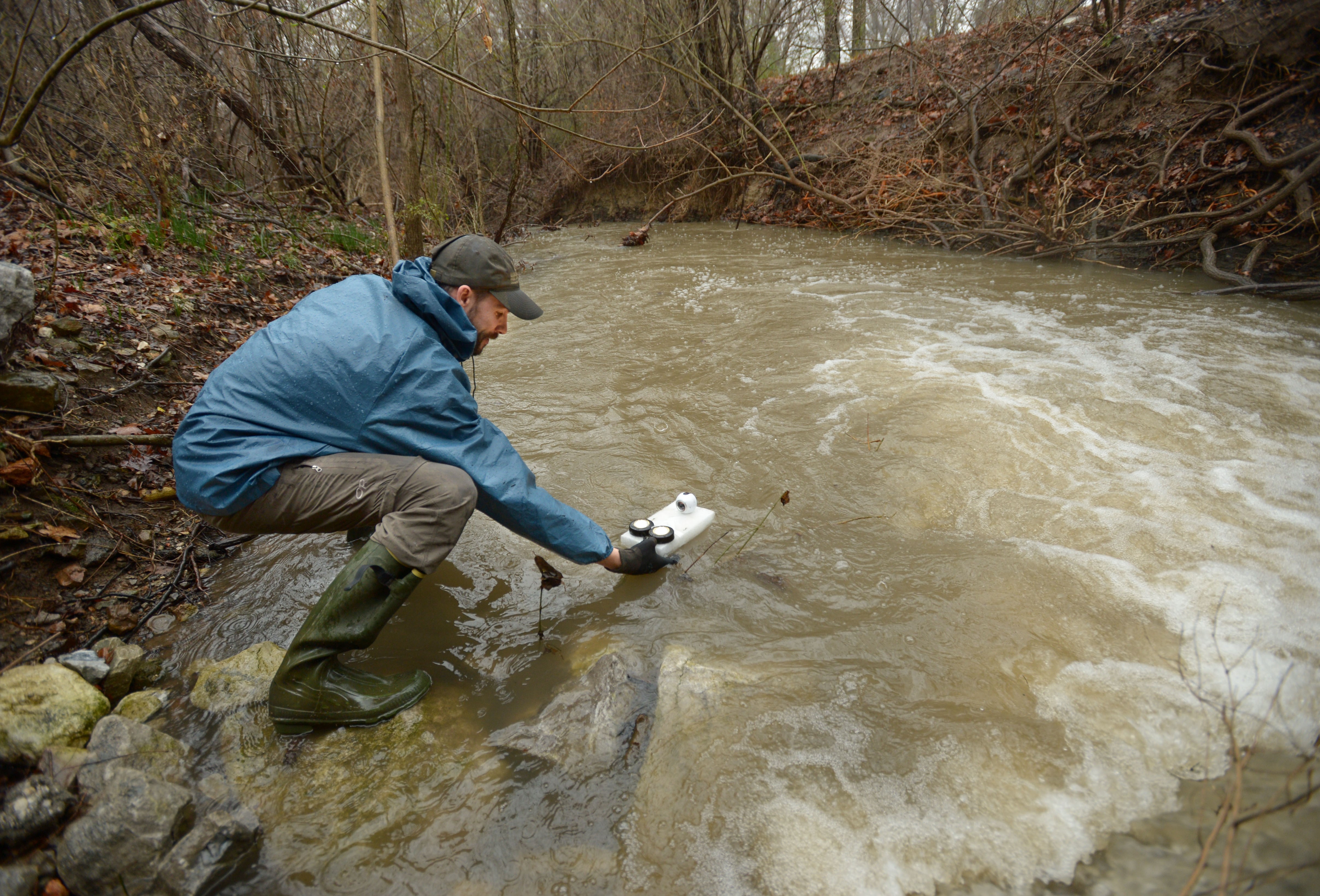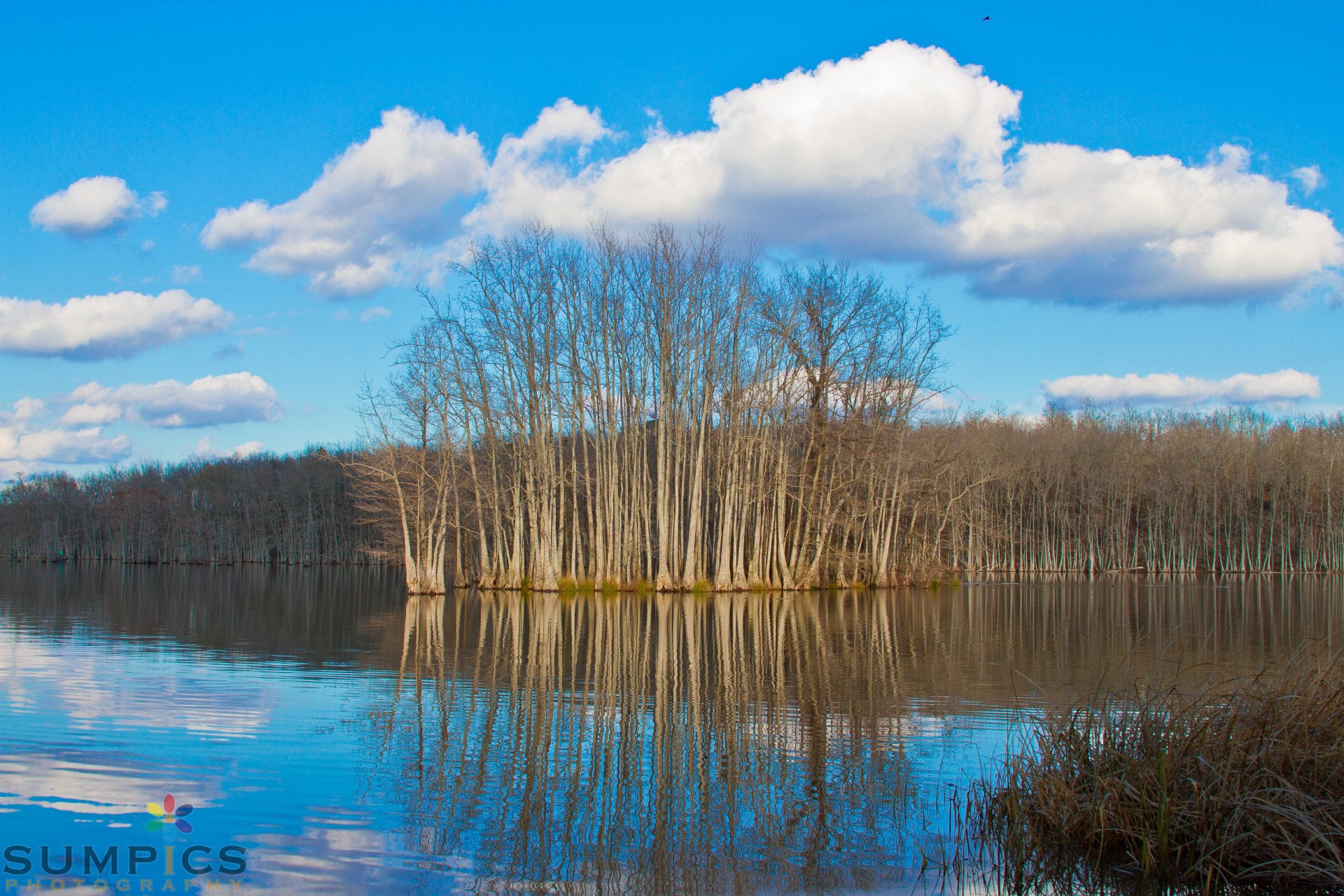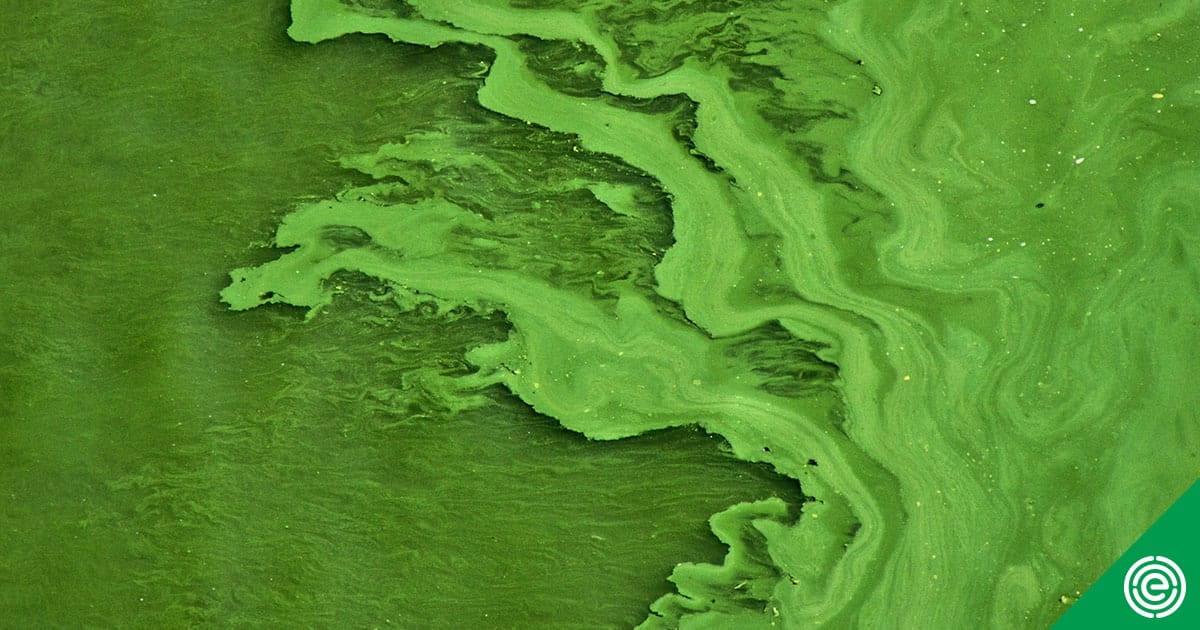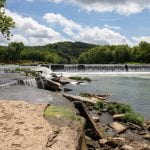
AWRC Scientists Provide Technical Support to the Upper Saline Watershed Management Plan Update
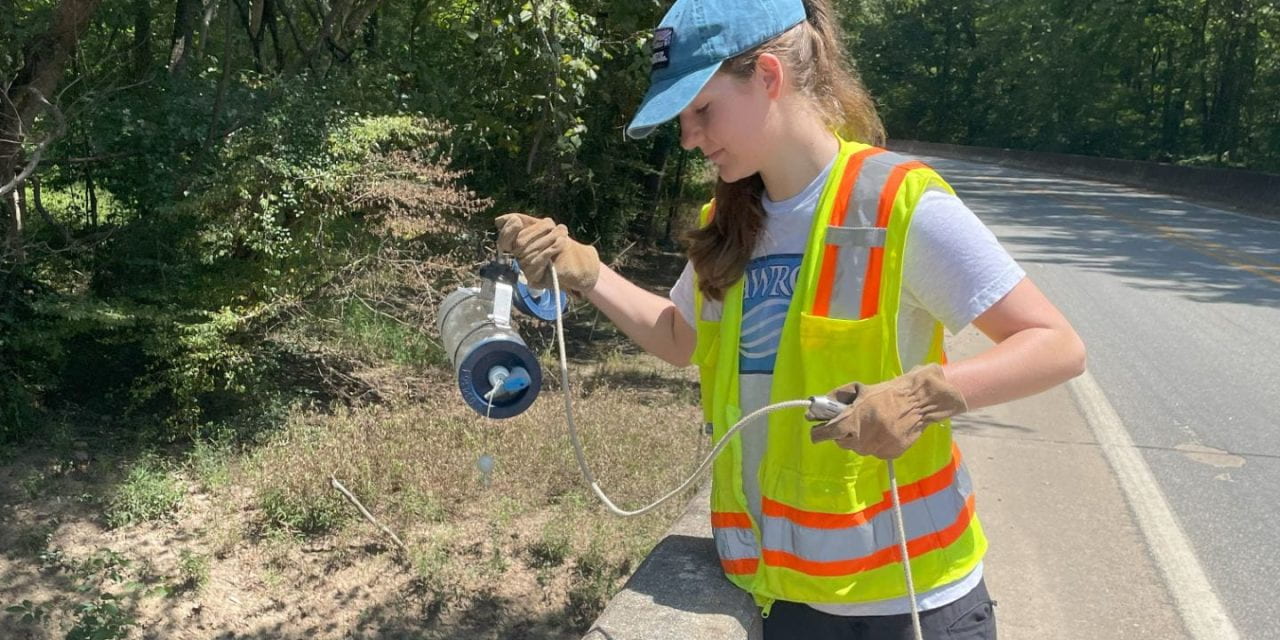
The Upper Saline River Watershed, located in Central Arkansas, is a state priority area for conservation and non-point source pollution management. The Arkansas Water Resources Center is partnering with The Nature Conservancy and the Saline River Watershed Alliance on their update of the 2006 Upper Saline 9-Element Watershed Management Plan (WMP).
A 9-Element WMP is a specific type of stakeholder-based water management strategy designed to provide a non-regulatory framework for addressing a community’s water quality issues by identifying the causes, concerns and the proposed solutions.
The AWRC is providing technical support to the WMP update by sampling water quality in the watershed and using that data to identify critical areas for conservation. University of Arkansas Graduate Student, Brandy Everett, is leading the research under the direction of Dr. Brian Haggard.
Everett collected over 300 water samples from 29 sites over 11 months in 2023. The samples were measured for sediments and chemical parameters such as total and dissolved nitrogen and phosphorus and anions, in the AWRC Water Quality Lab.
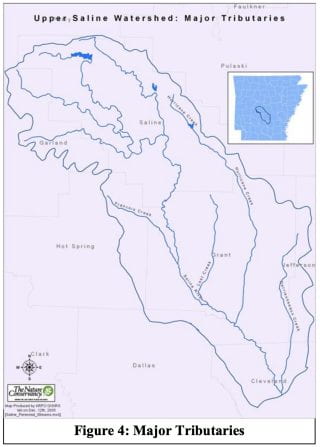 Sampling locations were selected to represent different types of land use and cover in the drainage areas. Human land uses such as pasture, row-crop agriculture, and urban areas can be associated with greater levels of nutrients and solids in nearby waterbodies. Waterbodies surrounded by forests tend to have lower levels, however.
Sampling locations were selected to represent different types of land use and cover in the drainage areas. Human land uses such as pasture, row-crop agriculture, and urban areas can be associated with greater levels of nutrients and solids in nearby waterbodies. Waterbodies surrounded by forests tend to have lower levels, however.
Everett will use data from the water samples to create a digital model of the Upper Saline Watershed. Her analysis will show where human land use is most affecting non-point source pollutant levels in the Saline River and its tributaries.
These sub-watersheds are considered high-priority areas and represent opportunities for collaborative conservation with landowners.
Everett expressed excitement that the results of her research will be used in the real world to guide conservation activities. Everett stated. “I’m able to contribute to something tangible.”
Everett plans to defend her Master of Science thesis, “The Land Cover Effects on Stream Water Quality in the Upper Saline Watershed” later this year. She will graduate with a master’s degree in environmental dynamics.
The Upper Saline monitoring and sub-watershed prioritization model project was supported by The Nature Conservancy and the Arkansas Department of Agriculture’s Natural Resources Division under the Environmental Protection Agency’s 319(h) Non-Point Source Pollution Management Program.
Article written by Schyler Angell
Images courtesy of Brandy Everett
